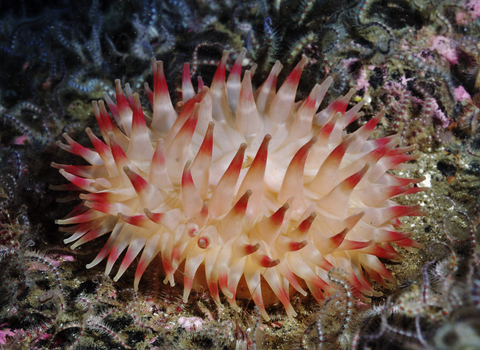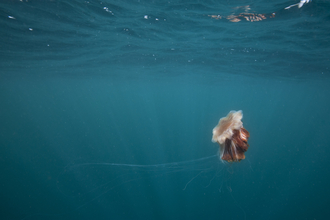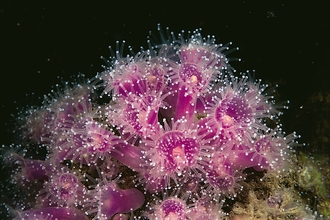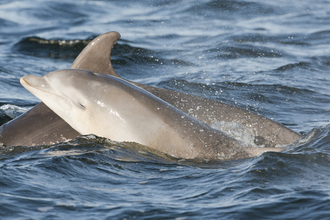
Dahlia Anemone ©Linda Pitkin/2020VISION
Dahlia anemone
With their beautiful striped tentacles, it's easy to see where dahlia anemones got their floral name from. Look out for them next time you're rockpooling!
Scientific name
Urticina felinaWhen to see
January to DecemberSpecies information
Category
Statistics
Diameter: up to 15cmConservation status
Common





